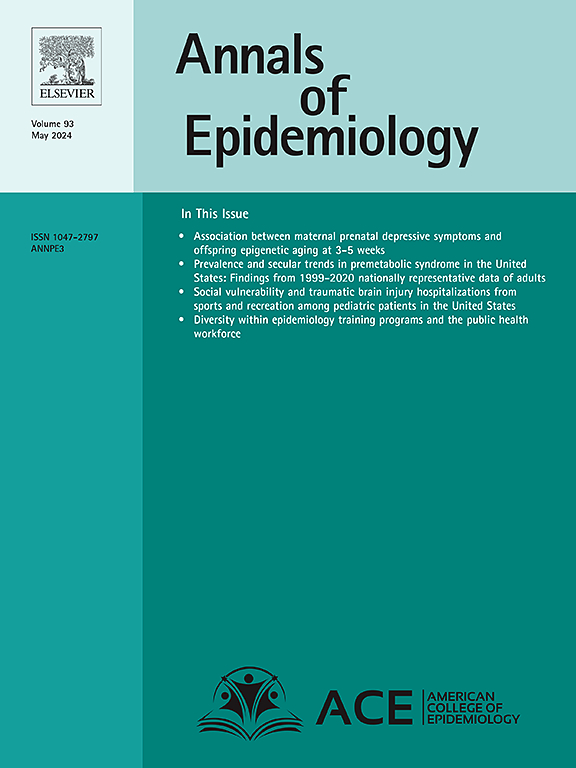Changed epidemiology of influenza and RSV hospitalizations after the emergence of SARS-CoV-2 in Norway, 2017–2024
IF 3
3区 医学
Q1 PUBLIC, ENVIRONMENTAL & OCCUPATIONAL HEALTH
引用次数: 0
Abstract
Background
Many countries reported missing and atypical influenza and RSV seasons during the COVID-19 pandemic. Here we describe the incidence and seasonality of COVID-19, influenza, and RSV hospitalizations in Norway between 2017 and 2024, and the disease burden between 2022 and 2024.
Methods
Using nationwide data on ICD-10 discharge codes, procedure codes and laboratory results, we calculate the incidence of COVID-19, influenza, and RSV hospitalizations, by age group, week and surveillance year between January 2017 to April 2024, and report proportions receiving intensive care, deaths and length of stay between 2022 and 2024.
Results
The transmission of influenza and RSV was interrupted the first year of the COVID-19 pandemic and reemerged with epidemics outside of the normal seasonality in 2021/2022, after COVID-19 restrictions were removed. Between 2022 and 2024, COVID-19 was a greater contributor to hospitalizations than influenza and RSV, with higher mortality rate within two weeks of admission. The use of ventilatory support/intensive care admission was highest among patients hospitalized with RSV.
Conclusion
The transmission of influenza and RSV was interrupted during the first year of the COVID-19 pandemic, followed by an unusual seasonality. Although many hospitalizations are caused by RSV and influenza, COVID-19 was the largest contributor of these three to hospital burden in the first years with co-circulation.
2017 - 2024年挪威SARS-CoV-2出现后流感和RSV住院的流行病学变化
背景:在COVID-19大流行期间,许多国家报告了错过和非典型流感和RSV季节。本文描述了2017-2024年间挪威COVID-19、流感和RSV住院的发病率和季节性,以及2022-2024年间的疾病负担。方法:利用全国ICD-10出院代码、程序代码和实验室结果数据,计算2017年1月至2024年4月期间按年龄组、周数和监测年份划分的COVID-19、流感和RSV住院发生率,并报告2022年至2024年期间接受重症监护的比例、死亡人数和住院时间。结果:在2019冠状病毒病大流行的第一年,流感和RSV的传播中断,并在2021/2022年取消COVID-19限制后,在正常季节之外再次出现流行。在2022-2024年期间,COVID-19是比流感和RSV更大的住院因素,入院两周内的死亡率更高。呼吸道合胞病毒住院患者使用呼吸支持/重症监护的比例最高。结论:在2019冠状病毒病大流行的第一年,流感和RSV的传播中断,随后出现了不寻常的季节性。虽然许多住院是由呼吸道合胞病毒和流感引起的,但在共循环的头几年,COVID-19是这三者中造成医院负担的最大因素。
本文章由计算机程序翻译,如有差异,请以英文原文为准。
求助全文
约1分钟内获得全文
求助全文
来源期刊

Annals of Epidemiology
医学-公共卫生、环境卫生与职业卫生
CiteScore
7.40
自引率
1.80%
发文量
207
审稿时长
59 days
期刊介绍:
The journal emphasizes the application of epidemiologic methods to issues that affect the distribution and determinants of human illness in diverse contexts. Its primary focus is on chronic and acute conditions of diverse etiologies and of major importance to clinical medicine, public health, and health care delivery.
 求助内容:
求助内容: 应助结果提醒方式:
应助结果提醒方式:


